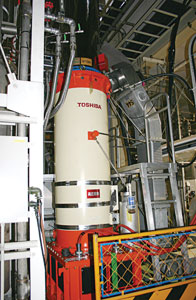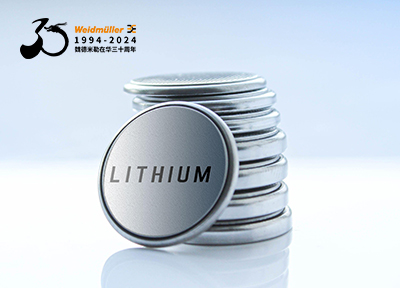It was about quarter past seven on the evening of October 7控制工程网版权所有, 2008, when the winners of the Nobel Prize for Physics were announced by the Royal Swedish Academy of Sciences. Researchers and engineers at Japan’s High Energy Accelerator Research Organization (KEK), a vast research facility 60 km northeast of Tokyo, celebrated the news, which included an award to one of their own. Makoto KobayashiCONTROL ENGINEERING China版权所有, professor emeritus of KEK and an associate of the facility for three decadeswww.cechina.cn, and Toshihide Maskawa,
The KEKB-factory is a charged particle accelerator and storage ring system for experimental validation of the CP violation model. It consists of an electron/positron injector (linear accelerator, or Linac), a dual-ring accelerator, and a Belle detector. The accelerator is an asymmetric double-ring colliderCONTROL ENGINEERING China版权所有, with rings storing an 8-GeV electron beam and a 3.5-GeV positron beam. Beams run at nearly the speed of light in opposite directions through 3 km tunnels buried 11 m beneath the ground, and collide in the center of the Belle detector. The Belle detector record the process of B-meson decay. It was the Belle experiment that firmly established the validity of the Kobayashi-Maskawa theory of CP violation in 2002 and led to Kobayasi’s Nobel prize.

While running through the accelerator rings, beams lose energy. Klystrons supply high power radio frequency energy to re-accelerate the charged particles. Source: Design News Japan
Accelerator control and EPICS
In the KEKB central control room, researchers and engineers monitor locations and sizes of beams, checking activ


 在线会议
在线会议 论坛
论坛 专题
专题 工控直播
工控直播 新闻中心
新闻中心 子站
子站 技术
技术 社区
社区



 IDEC HR8S系列新一代安全继电器有奖试用活动
IDEC HR8S系列新一代安全继电器有奖试用活动 2025(第二十一届)年度最佳产品奖有奖投票中
2025(第二十一届)年度最佳产品奖有奖投票中 AVEVA剑维软件食品饮料行业白皮书有奖下载
AVEVA剑维软件食品饮料行业白皮书有奖下载 立即有奖下载TE重载连接器选型指南
立即有奖下载TE重载连接器选型指南 2025(第十四届)全球自动化和制造主题峰会
2025(第十四届)全球自动化和制造主题峰会




























